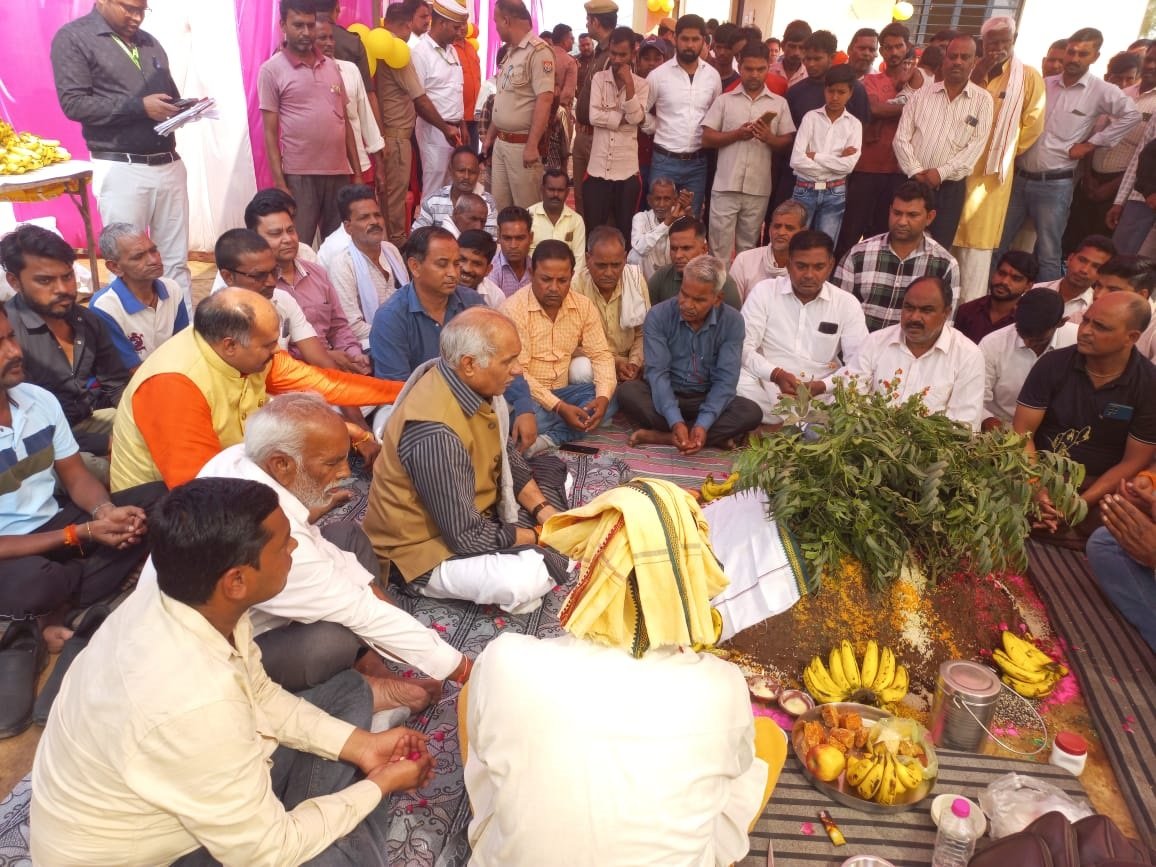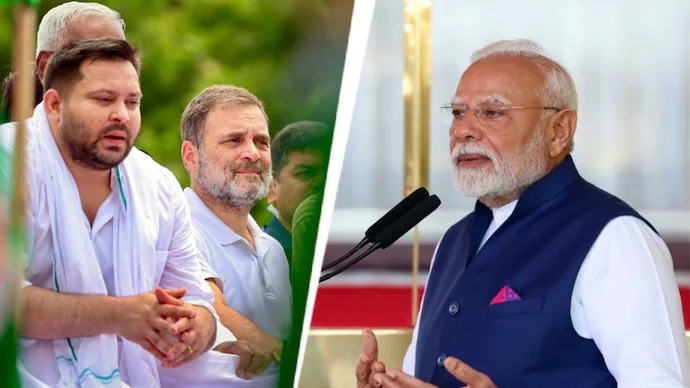Lucknow – The Govardhan Festival was celebrated with grandeur in cow shelters throughout Uttar Pradesh, with ceremonial cow worship organized in accordance with state government guidelines. The event aimed to raise awareness about the importance of cows, highlighting their role in agriculture, health, and environmental sustainability.
On this occasion, 7,319 cow shelters across the state, including 6,697 temporary shelters, 333 large cow conservation centers, and 289 Kanha shelters, hosted Govardhan Puja and cow worship ceremonies. Minister of Animal Husbandry and Dairy Development, Dharmpal Singh, participated in the festivities at the large cow conservation center in Mau Chandrapur, Bareilly.
Other senior officials, including Principal Secretary for Animal Husbandry K. Ravindra Nayak and Director Administration and Development, joined the puja celebrations at centers in Barabanki and Lucknow.
Chairman of the Gau Seva Commission, Acharya Shyam Bihari Gupta, attended the event at Sarendi’s temporary cow shelter, while other ministers and public representatives took part in similar ceremonies across various districts. At each event, jaggery, green fodder, and fruits were distributed to the cows, symbolizing respect and gratitude.

During the celebrations, ministers and public representatives highlighted the importance of cow welfare, encouraging the public to ensure the safety and health of cows. They emphasized making cow shelters self-sustaining by promoting cow adoption under the participation scheme, particularly among families dealing with malnutrition. They also advocated for the increased use of cow dung products, such as lamps and idols, and stressed the need for market availability of these items.
Additionally, the event underscored the health benefits of cow milk, along with the positive impact of cow urine and cow dung on soil health, advocating for sustainable practices that benefit both individuals and the environment. The Govardhan Festival celebrations reflected the state’s commitment to cow conservation, community involvement, and promoting traditional practices.






